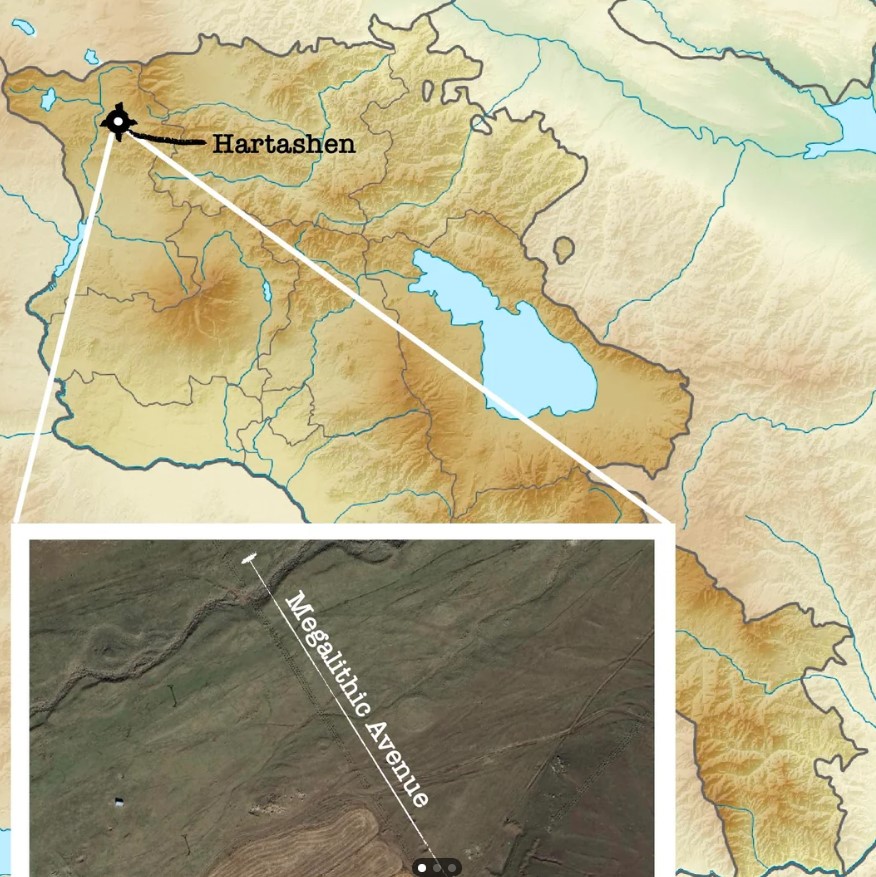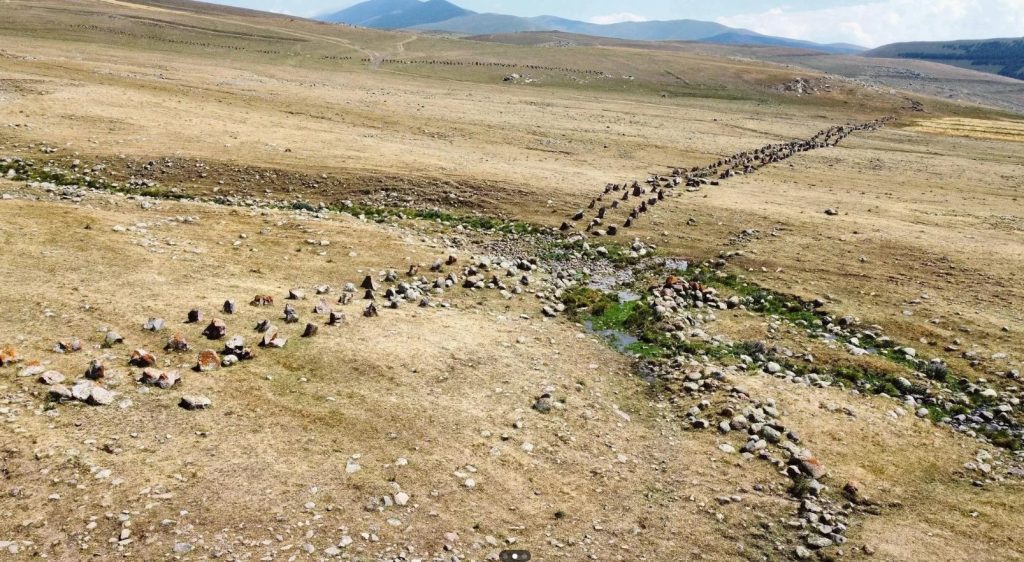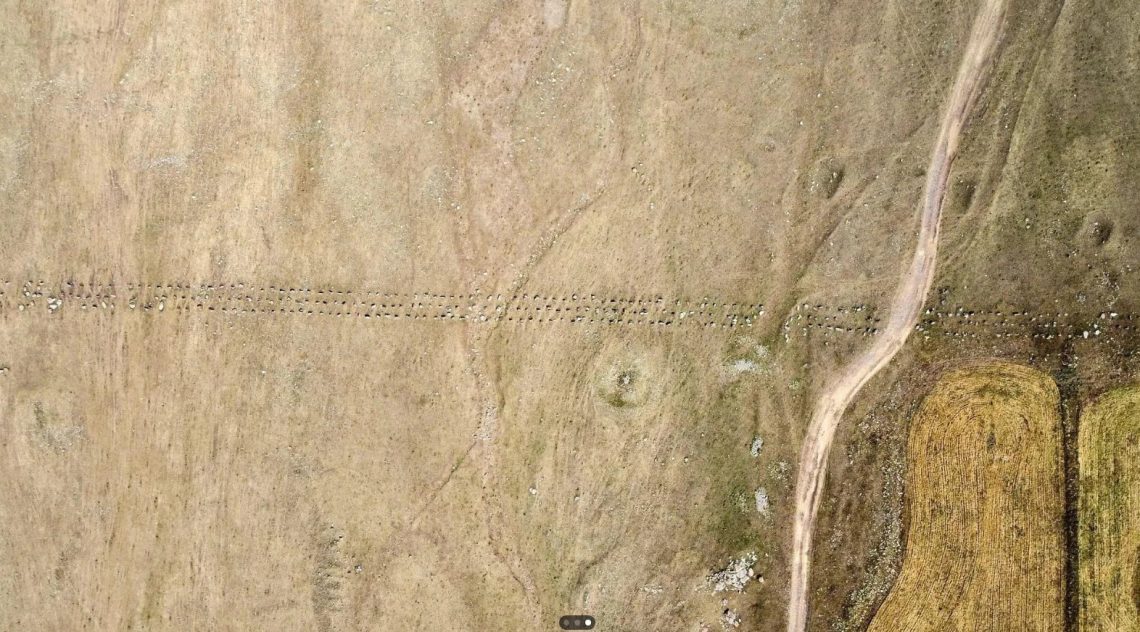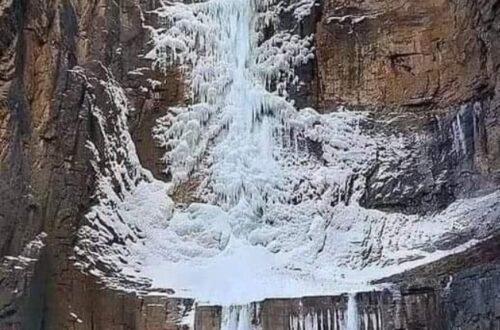The Hartashen Megalithic Avenue, hidden deep in Armenia’s rugged terrain, is one of the world’s forgotten ancient wonders. Believed to be 6,000 to 8,000 years old, this mysterious site consists of towering stone monoliths, meticulously aligned across the landscape. Was it a ceremonial path? An ancient observatory? Its true purpose remains a mystery.
Unlike Stonehenge or other famed sites, Hartashen has escaped the spotlight of mainstream archaeology, its secrets still buried beneath the soil. The towering stones, standing guard over the landscape, hint at a forgotten civilization with a sophisticated grasp of space and ritual. Yet, despite its age and potential significance, Hartashen remains largely unexcavated and unexplored.
Multiple theories off the top of my head:
Hunting barrier. There has been other similar structures found that were used in valleys as hunting barriers/funnels. Basically animals like deer like to travel along side lines and other barriers. So if you build a long line of rocks deer tend to follow it. Then you just set up a hunting blind at the end and get then as they come in.
Road markers through a valley that might historically have flooded or many travelers lost their way. It could be this was a trade route and many travelers lots their way at this specific point due to floods washing away the path and so they built these markers to ensure travelers knew the direction to take across this valley.
Border markers. Could be as simple as 2 patriarchs of 2 different tribes wanting to avoid conflict set it up to mark the border between their lands.
On closer look it’s a hunting barrier/funnel. You can see it forms a C shape to funnel animals down to the creek where a rock pile is set up as a blind. The hunters would be behind that pile.








